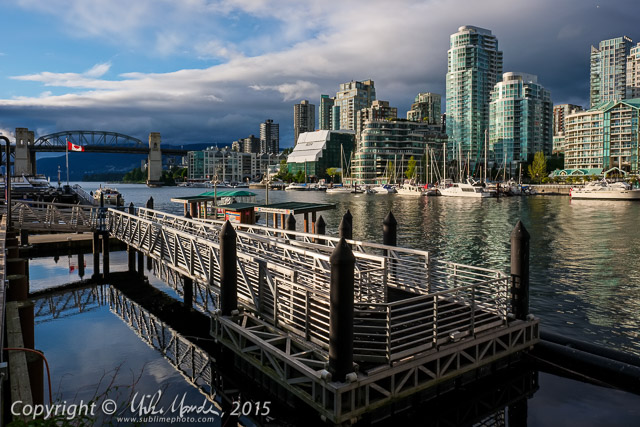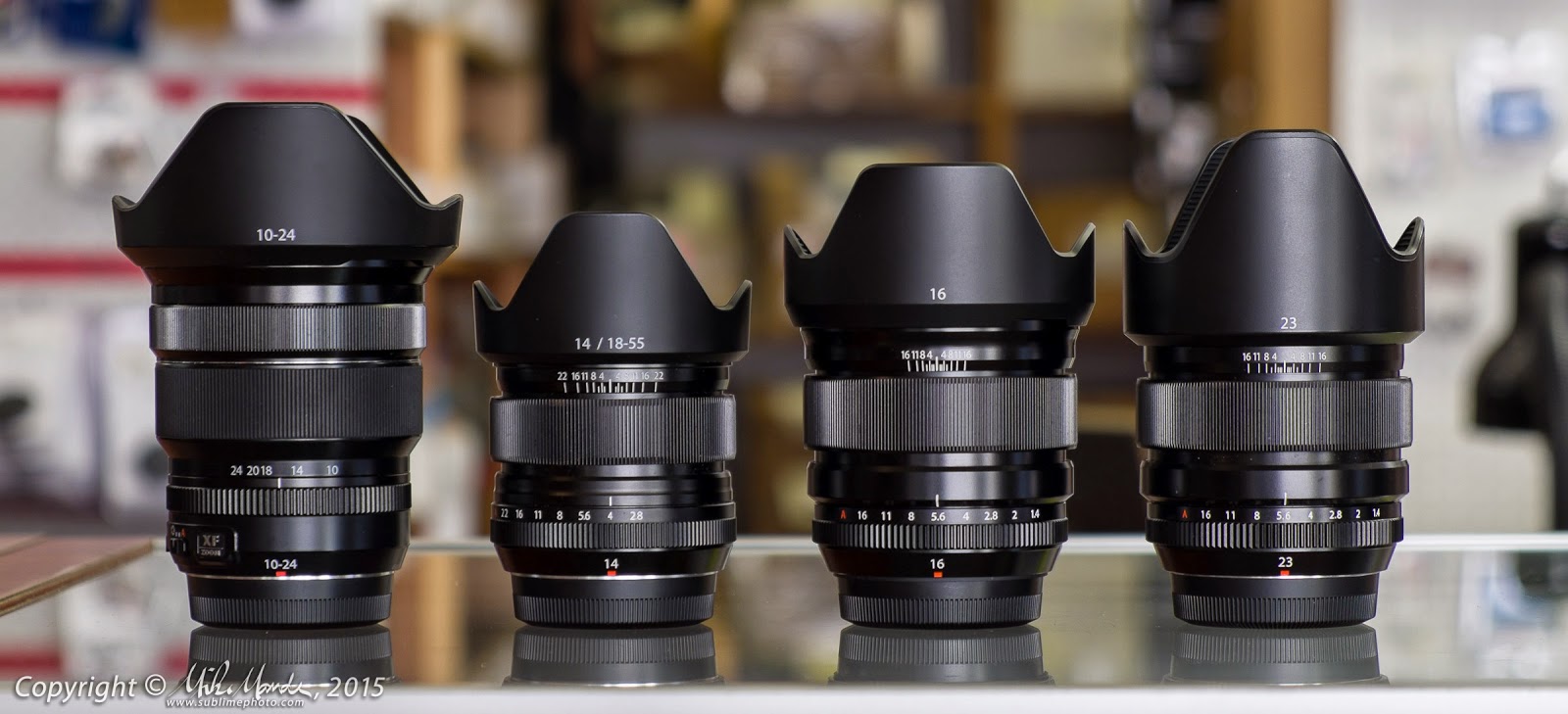Gallery (35 images): Tested! Fujifilm XF 16mm f/1.4R WR
A couple of weeks ago, Fujifilm announced a new, fast wide-angle 16mm prime lens, equivalent to a 24mm in full-frame terms. Notably, this is Fujifilm's first prime lens with the WR designation, meaning it has dust and water resistant construction. I had the opportunity to test a pre-production sample of the new 16mm almost immediately and now, just a few weeks later, I've had a chance to throughly test a final production sample. In short, this new prime is extremely impressive! Compared to the Fujifilm XF 23mm f/1.4R, which I consider one of the very best wide-angle lenses I have ever used (regardless of brand), this new 16mm holds up to the 23mm in pretty much every way. Also, considering how much wider it is, being equivalent to a 24mm in full-frame terms versus a 35mm equivalent for the 23mm f/1.4, the size and weight increase over the 23mm is really quite minimal.
Like the 23mm f/1.4, the new 16mm is essentially 100% corrected optically for distortion, therefore no software correction will be needed; straight lines render straight with no apparent barrel or pincushion distortion, even at the very edges of the frame. For shots where the focus is quite close, less than a few meters, there does appear a slight hint of barrel distortion, but for most shots, especially at further distances, it is virtually nonexistent. In addition, I see no evidence of any chromatic aberration either - nothing! With its Nano-GI anti-reflection lens coatings (which the older prime lenses do not have), it is extremely resistant to lens flare when shooting into the sun as well, something that fast, wide-angle primes are often not very good at. Even the wide-open bokeh is surprisingly smooth and pleasing, not something one would necessarily expect from such a wide lens either.
Wide open at f/1.4, the centre of the frame is basically tack sharp, the edges are very good and only the extreme corners show some obvious softness. Once you get to f/2.8, the extreme corners are already very nearly as sharp as the centre and by f/4, centre to extreme corner performance is very consistent indeed. Stopping down further mainly serves to increase the depth-of-field and isn't really required for any additional sharpness gains. Purely from an absolute resolving power and fine-detail sharpness standpoint, I would rate it as being just a little behind the exceptional 23mm f/1.4, but not by much.
Mechanically, the 16mm shares the same push/pull focus clutch mechanism that the 14mm and 23mm primes have, so it also has a printed depth-of-field scale on the lens. Focus ring action is smooth and close focus is remarkable too, allowing one to get down to about 6 inches. While the aperture ring feels smooth and has fairly crisp detents, personally I do wish it were even crisper and a little firmer, but many Fujifilm lenses are a little bit on the loose side with respect to their aperture rings. Auto-focus is near silent and very fast and the supplied plastic, petal-shaped lens hood attaches smoothly and can be reversed. Later in the year, there will be an optional "premium" metal lens hood, with a rectangular opening, probably somewhat similar to the one supplied with the XF 35mm f/1.4R. Like that one, it doesn't look like the new hood will be reversible either, and other than its looks, I honestly don't see why anyone would bother with it. We shall see I suppose...
For more details, optical design, MTF charts etc, see Fujifilm's product page [here]...
The lineup: Fujifilm's premium wide-angle lenses
As far as potential negatives, there aren't many: there is some purple fringing along high contrast edges wide open, much reduced by f/2.0 and almost completely gone by f/2.8 already. There is a hint of bokeh colour fringing at the widest apertures, but its pretty minimal compared to other fast primes I've used. For my preview, I mentioned plane-of-focus field-curvature as a possible cause of wide-open corner softness, but I now don't believe that was the cause. One more issue is that the lens is so sharp, one does tend to get some aliasing (stair-stepping) along sharp edges and even occasional luminance moiré with tight repeating patterns, something that is unavoidable until sensors totally out-resolve lenses. Fujifilm's X-Trans sensors tend to usually keep colour moiré at bay, but luminance moiré can be an issue occasionally with the sharpest lenses under just the right (wrong!) circumstances. You can see a hint of that in the vertical corrugations of the building in photo 30 in the gallery if you open the larger version. Had I been just a little further away, the moiré might have gotten genuinely problematic. Also notice that the pipe coming down the side of the building at an angle has some strange aliasing going on and that's visible in the original too and not just on the downsized web version.
Generally speaking though, like with the 23mm f/1.4, photos taken with the new 16mm exhibit the same "effortless" look to image quality, never seeming strained, no stretching blur in the corners and virtually no hint of any quality reducing aberrations. I have made 24x36 inch prints from images taken with my 23mm f/1.4, ones which have blown people away with their overall sharpness, and I expect that this 16mm will perform equally well. I think the new XF 16mm f/1.4 will end up being a "must have" prime for anyone who likes to shoot wide-angle with a Fujifilm system, and as you've probably guessed, I do have one on order for myself. With luck, it will arrive just in the nick of time for my trip south to Oregon and California...




0 comments:
Post a Comment